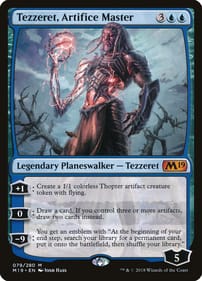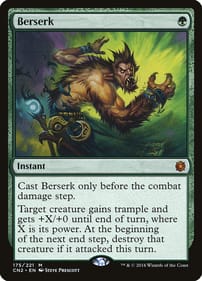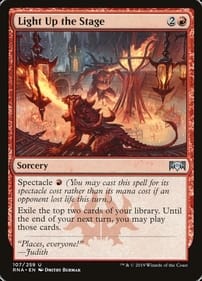Description
From the waters of Mexico’s Sea of Cortez, the adjacent Sonoran Desert appears stark and lifeless. Yet once on shore, there is a surprising abundance of biodiversity and a serene beauty that blankets the landscape. The Sonoran Desert covers approximately 120,000 square miles and extends from the southwestern United States along the northwestern mainland of Mexico and throughout most of Baja California. North America has other deserts: the Great Basin, Mojave, and Chihuahuan. All have slightly different characteristics. The Sonoran rarely freezes; has rainfall both in summer and winter; and is fairly low in elevation, found from sea level to about 3,000 feet. It is dominated by towering columnar cacti along with legumes and other shrubby trees that create some of the most stunning desert scenery in the world.
Approximately 2,000 species of plants make their homes in this environment. In response to sufficient rainfall, leaves rapidly unfurl, and delicate wildflowers spring to life, splashing brilliant colors across the desert floor. In Baja California, magnificent cardón cacti replace the similar saguaros so well-known in Arizona. Woodpeckers build their nest holes in the pleated trunks. Their white flowers are laden with nectar and pollen that lure bats, insects, orioles and even iguanas to their bounty. Fleshy fruits of these and other cacti attract birds and antelope ground squirrels that scatter the small black seeds. Most are consumed by mice, kangaroo rats, and even ants, but occasionally one survives to become a new sentinel among other giants.
National Geographic Photography
1000 Piece Jigsaw Puzzle
Finished Puzzle Size: 39"x13"
Linen Style Finish to reduce glare
Made in USA
Recommended Age: 13+ Years
Approximately 2,000 species of plants make their homes in this environment. In response to sufficient rainfall, leaves rapidly unfurl, and delicate wildflowers spring to life, splashing brilliant colors across the desert floor. In Baja California, magnificent cardón cacti replace the similar saguaros so well-known in Arizona. Woodpeckers build their nest holes in the pleated trunks. Their white flowers are laden with nectar and pollen that lure bats, insects, orioles and even iguanas to their bounty. Fleshy fruits of these and other cacti attract birds and antelope ground squirrels that scatter the small black seeds. Most are consumed by mice, kangaroo rats, and even ants, but occasionally one survives to become a new sentinel among other giants.
National Geographic Photography
1000 Piece Jigsaw Puzzle
Finished Puzzle Size: 39"x13"
Linen Style Finish to reduce glare
Made in USA
Recommended Age: 13+ Years
Payment & Security
Your payment information is processed securely. We do not store credit card details nor have access to your credit card information.







